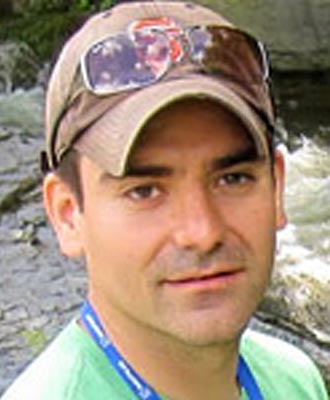To attend, please RSVP to epp@cseg.ca.
Unless we have exceeded the allowable number of people for the auditorium, we will not be replying to your email.
LunchBox Geophysics is free! Simply bring your own lunch (refreshments provided) and enjoy.
Abstract
Seismic interpretation is an exercise in pattern recognition. Understandably, knowing what patterns to look for becomes of great importance. Synthetic seismic responses produced from analog wells often provide a basis for identifying the appropriate seismic hydrocarbon indicators; however, this may not be sufficient in characterizing reservoir variability or understanding the seemingly infinite possibilities in seismic responses. Accounting for changes in reservoir quality and fluid fill requires a more in depth look at seismic responses beyond that of poststack amplitudes and into information contained in the amplitude variations with offset and azimuth. The ability to model these AVO and AVAZ effects through analytic methods derived from basic physical principles enables a geophysicist to truly understand the seismic reflection. These models act as guides for discerning reservoir from nonreservoir reflections and how these reflections manifest themselves through inversion to seismic rock properties. The models are the science that drive advanced processes and understanding these outlines the expectations and limitations of seismic data. Seismic data will remain ambiguous, as multiple models can produce similar results, however it does not preclude the geophysicist from assembling multiple scenarios that could replicate the signal of interest and assessing the probability of each occurring within the geological context of the play.
The talk will be a brief heuristic description of one geophysicist's modelling techniques dealing with:
- synthetic shear generation,
- porosity, thickness and lithologic variations,
- and layered VTI and fractured media.
From these, interpretation templates are constructed for AVO volumes and inversion products, rock properties based LMR in this case, which can be used to properly risk exploration targets.
Biography
Marco Perez received his B.Sc. at McGill University before completing an M.Sc. in Geophysics at the University of Calgary. He started working at PanCanadian and later at EnCana under the guidance of Bill Goodway, focusing on AVO inversion and LMR analysis. After moving to Apache in 2007, Marco has continued to work with geophysical techniques within the New Ventures group and is now currently in the EPT group as a Senior Geophysicist.





